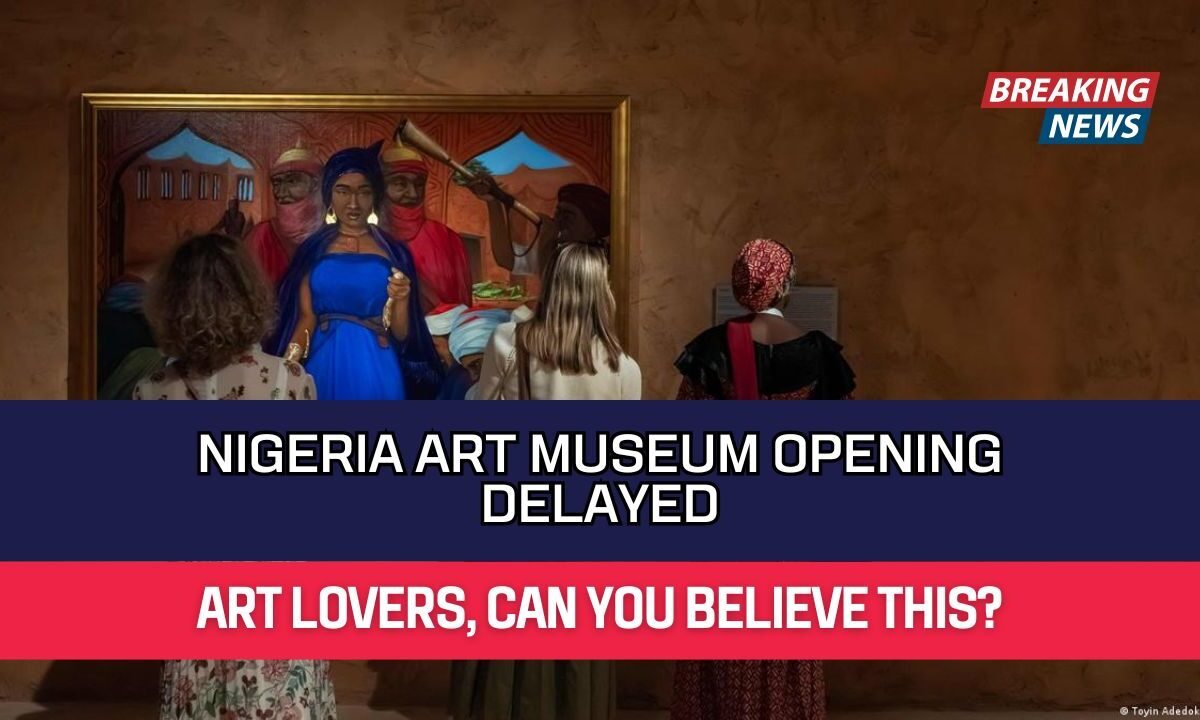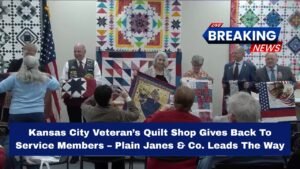Nigeria’s West African Art Museum: The grand opening of the Museum of West African Art (MOWAA) in Benin City, Nigeria, was supposed to be a celebration of culture and creativity.
Instead, it turned into chaos when protesters disrupted a private preview event, forcing officials to postpone the museum’s official opening indefinitely.
The MOWAA was created to highlight and preserve West African art and history, providing a platform for artists, researchers, and the public to connect with cultural treasures.
However, the sudden protest has sparked concerns about political tensions and ownership disputes over the museum and the artefacts it plans to showcase.
The Vision Behind the Museum
The Museum of West African Art was established by Nigerian entrepreneur Phillip Ihenacho about five years ago, with support from Edo State’s former governor.
The museum was designed to feature exhibition halls, archives, and residencies for artists and craftsmen. It also aimed to provide research facilities and educational programs that promote African culture to the world.
To make this project a reality, MOWAA received funding from private donors, as well as support from the French and German governments and the British Museum.
This partnership was seen as a significant step toward reclaiming Africa’s artistic heritage and displaying it proudly on home soil rather than in foreign museums.
What Happened During the Protest
The trouble began on Sunday during a private event organized for donors and art professionals. About 20 men, some reportedly carrying wooden bats, stormed the museum courtyard. They damaged parts of the reception area and forced guests to take shelter inside the building.
Museum founder Phillip Ihenacho stated that the protesters vandalized parts of the museum’s reception and exhibition area. After nearly two hours of tension, the guests were safely taken away in buses to a nearby hotel.
Officials later confirmed that the museum’s official opening, which was planned for Tuesday, would be postponed indefinitely due to the unrest.
Political Tensions Behind the Scene
The protest is believed to be connected to an ongoing power struggle between Edo State’s former governor and the current one. The traditional ruler of Benin City, Oba Ewuare II, also claims that his palace should have control over the museum.
Ihenacho believes that the protesters were representatives from the Oba’s palace. He clarified that the museum’s goal has always been to represent West African art and not to challenge traditional authority.
This tension also relates to a broader issue — the ownership of historical artefacts, especially the famous Benin Bronzes. These treasures were looted by British soldiers more than 120 years ago and are now housed in museums across Europe and the United States. Nigeria and the royal family of Benin have long been demanding their return.
Quick Facts About MOWAA
| Category | Details |
|---|---|
| Museum Name | Museum of West African Art (MOWAA) |
| Location | Benin City, Edo State, Nigeria |
| Founder | Phillip Ihenacho |
| Purpose | Promote and preserve West African art and culture |
| Funding | Private donors, France, Germany, British Museum |
| Incident | Protest by around 20 men during pre-opening event |
| Result | Opening postponed indefinitely |
| Conflict | Dispute over control and ownership of artefacts |
Government Response
Nigeria’s Minister of Culture, Hannatu Musa Musawa, condemned the attack, saying it endangered a valuable cultural project. She emphasized that such actions threaten the peaceful atmosphere needed for cultural growth and artistic exchange.
The minister added that the government is working closely with Edo State authorities, security agencies, and local leaders to understand the situation and respond appropriately.
Why It Matters
The MOWAA incident is not just about one museum — it represents a bigger debate about heritage ownership, political control, and cultural identity in Nigeria. As African nations push to reclaim stolen artefacts, questions remain about who should safeguard them once they return.
This event also raises concerns about whether Nigeria can successfully manage major cultural institutions without internal conflict. Despite the setback, many believe that resolving these issues could turn MOWAA into a leading centre for African art and education.
The protest at the Museum of West African Art shows how deeply art, history, and politics are connected. While the museum was built to celebrate unity and creativity, internal disputes and power struggles have delayed its mission.
For Nigeria, this is a critical moment to address cultural ownership fairly and ensure that projects like MOWAA continue to inspire pride rather than division. If handled wisely, the museum could still become a shining example of how Africa preserves its rich heritage for future generations.




